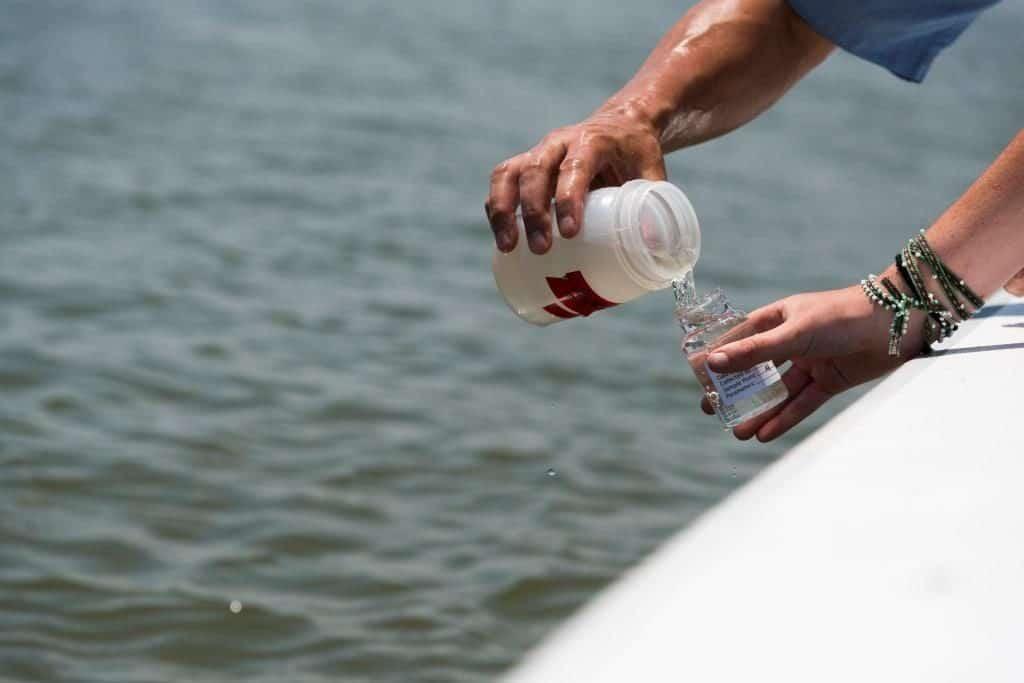To what end are we measuring the quality of our waters? So what if they prove, time and time again, not to be healthy? Should we expect all who enter Bay waters to first check ShoreRivers Safe to Swim Weekend Report before dipping a toe (probably a good idea)? And I wonder if the Health Department knows of ShoreRivers and the results of its testing? If so, what does it intend to do?
In Broad Cove, off Claiborne Landing, crabbers wade, kite surfers surf, swimmers swim and soft clammers dredge. Each of these activities involve contact with water and, therefore should be dependent upon water quality. Similarly, many of these same activities happen in Eastern Bay at what’s referred to by locals as Claiborne Beach. And who should be paying attention to that quality, as it relates to public health? Should it be the Talbot County Health Department, or Maryland’s Department of Natural Resources? It doesn’t seem so.
Over the past few years, I have written to the Talbot County Health Department and The Maryland Department of Natural Resources. On multiple occasions I’ve attempted to alert them about the potential health risk of swimming or water contact in Claiborne, both at Broad Cove and Claiborne Beach. Most recently, at the end of last season, I wrote to ask if they were aware of the water quality report by ShoreRivers. Both sites in Claiborne failed most frequently and while the water quality failed for multiple reasons, the DNA results show that in one case failure was due to 3,9171 copies of Swine DNA (there are no swine that we know of anywhere around Claiborne, so where did that come from!).
I called attention to the section on Claiborne to say that it’s time for county Health Department action, at a minimum, to post Health Department signs cautioning, especially, families with small children and others who regularly play in the Claiborne waters…
The ShoreRivers report of Bay water quality at 6 sites (Matapeake Beach, Claiborne Beach and Broad Cove in Claiborne, the Miles River Yacht Club, the bridge at Tunis Mills Landing, and the beach on Drum Point at the end of the Wye Ferry Trail on Wye Island) States: “Most monitoring sites saw an increase in failing samples in the 2021 season when compared to 2020, with the exception of the site at Drum Point on the Wye River…”.
Taking from the report, Claiborne’s Broad Cove failed more than any of the other sites in 2021, failing 67% of the time. Claiborne’s other site, Claiborne Beach, failed 33% of the time in 2021.
Fast forward a season and now it’s June 3, 2022, and Shore Rivers bacteria results for Miles/Wye and Eastern Bay have just been released, and Claiborne Beach fails again, while Broad Cove passes… this week.
John Scott
Claiborne




P Whitehill says
I think this should be posted at all sights where people come in contact with the water. Kent, Queen Anne’s county. Bacteria levels are always high up here